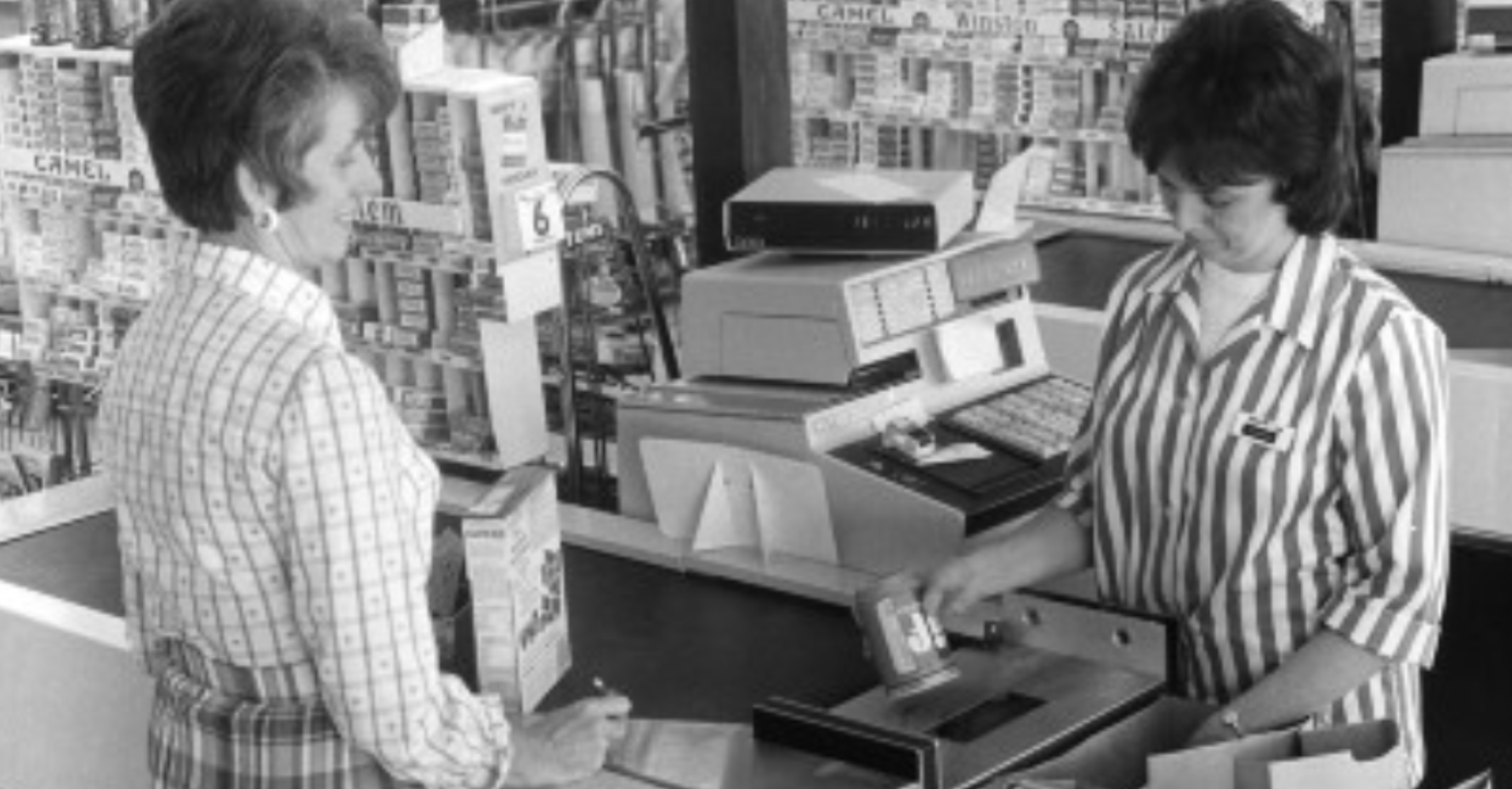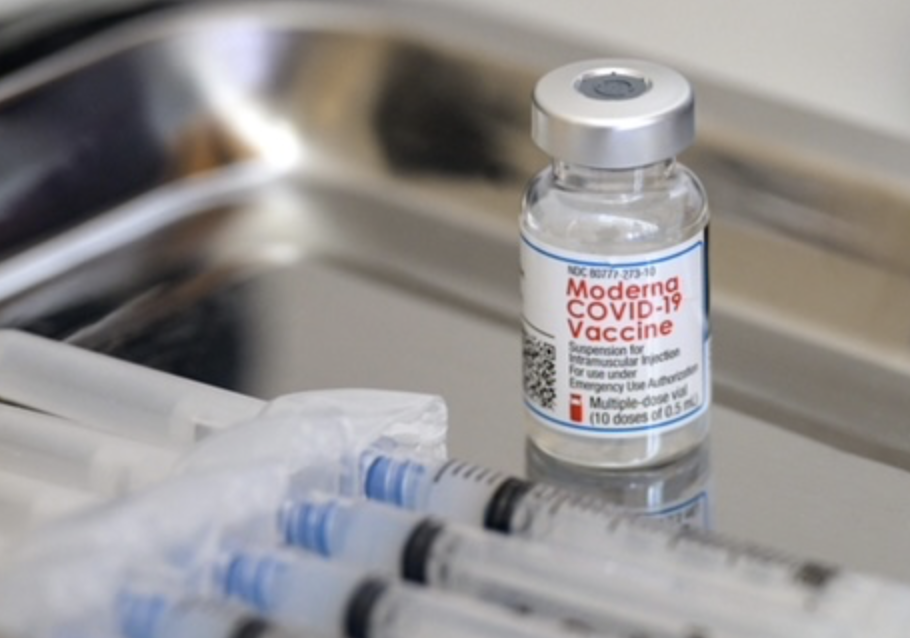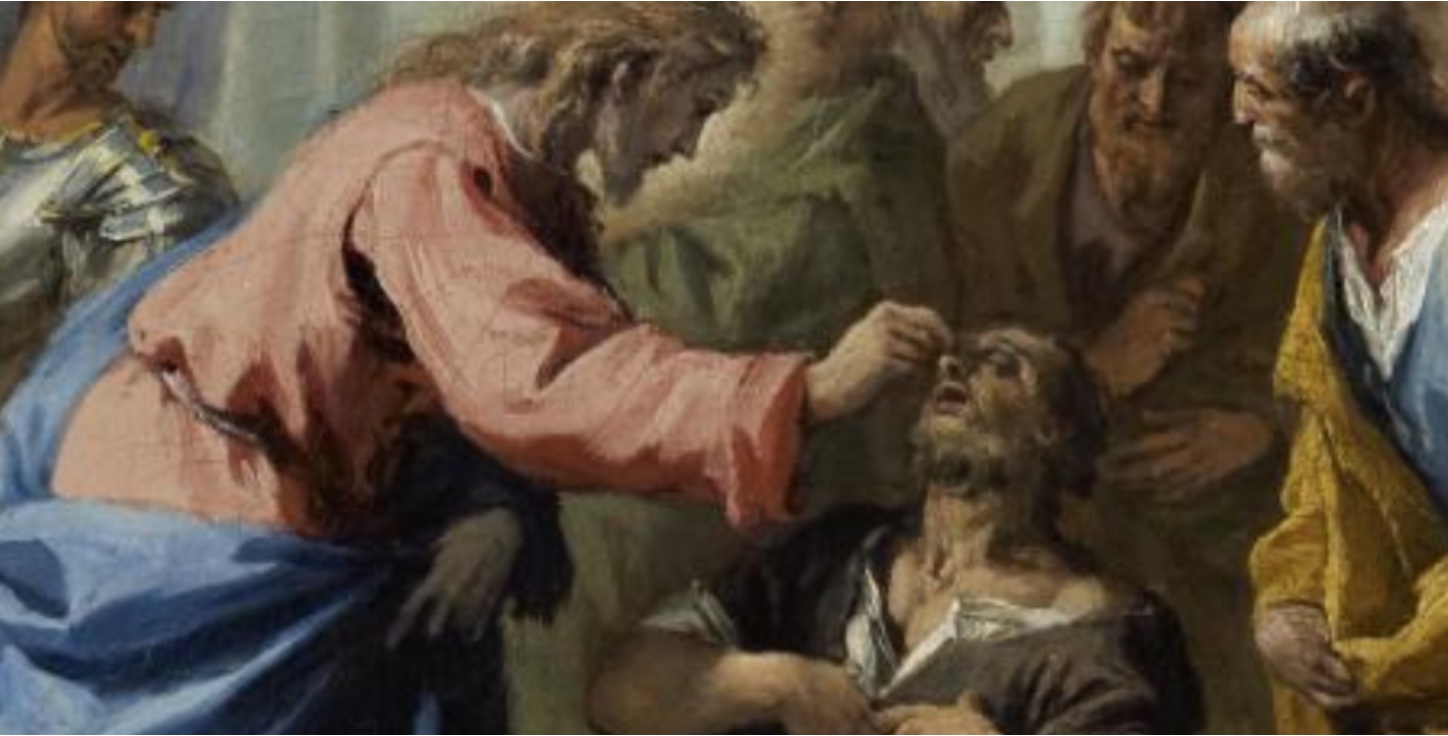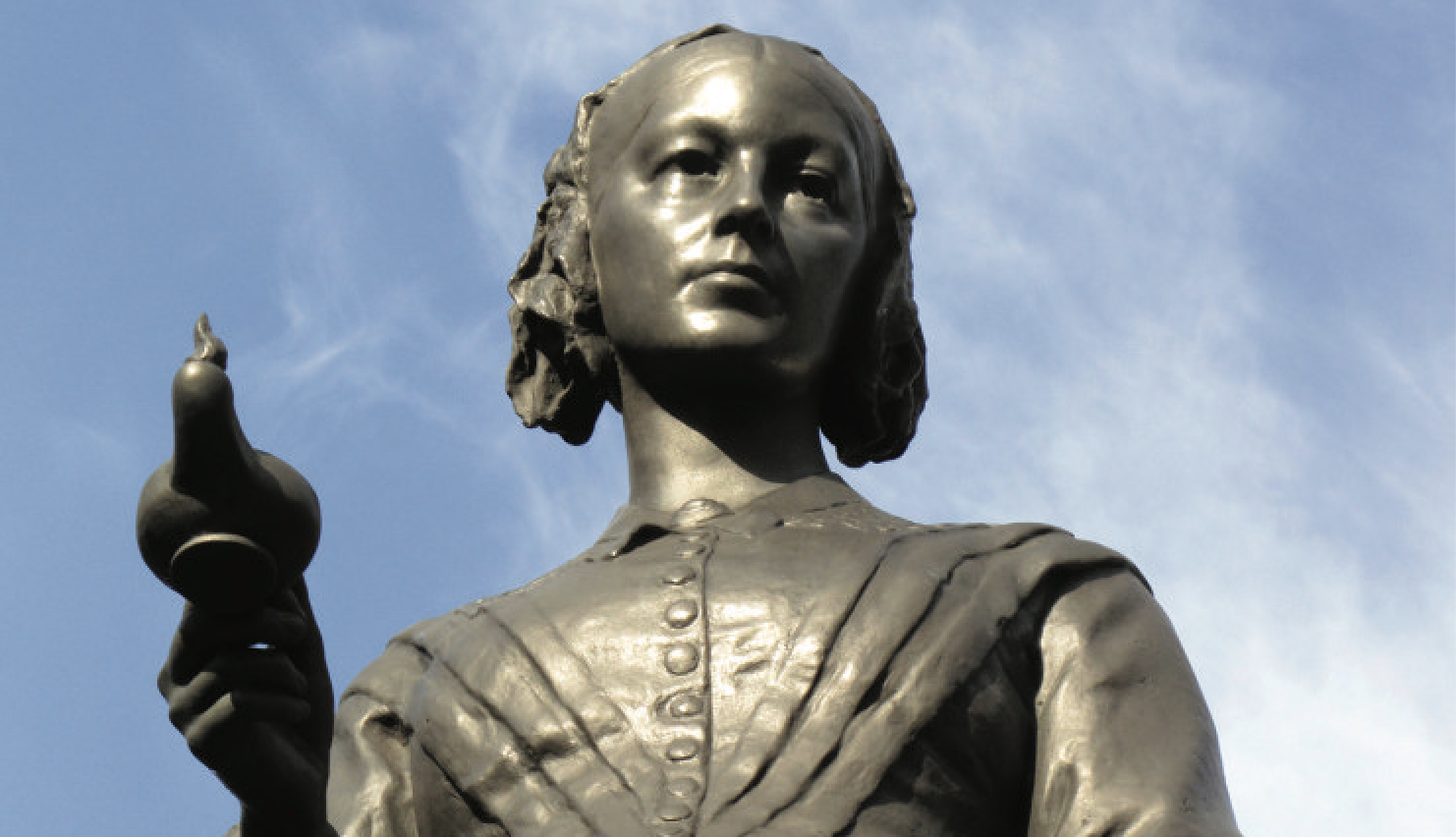Blog
I’ve been thinking...

On this 50th Anniversary of barcode scanning, I’ve been thinking about chewing gum, lot numbers, spinach, expiration dates, medication packaging, and the FDA.
On June 26, 1974, a ten-pack of Wrigley’s Juicy Fruit gum was the world’s first bar-coded product scanned at a point of sale. Today, over 10 billion barcodes are scanned between sunrises at checkout stands worldwide.
In the beginning, grocers manually applied barcode stickers to cans of Green Giant’s peas and boxes of Kellogg’s Rice Krispies. Within a few years, manufacturers were voluntarily and universally including barcodes on virtually all groceries at their packaging source. The retail world would never be the same.
25 years passed, however, before the first medication was scanned at a point of care in a hospital. At the turn of the millennium, the Colmery-O’Neil Veterans’ Administration Medical Center in Topeka, KS, pioneered a homegrown point-of-care barcode technology that would help ensure that the right medications were being administered—not only to their patients but within a few years to all veterans receiving care in any VA hospital. Read more here.
Initially, like grocers, hospital pharmacies had to manually apply barcode stickers to pill packs, ampoules, vials, syringes, and bags. It was anything but easy, but a small though persistent cadre of us convinced the FDA to enact the 2004 Drug Barcode Rule, requiring that manufacturers imprint barcodes on drug labels at their packaging source. This paved the way for point-of-care barcode verification scanning to be ubiquitous today. We are grateful for the harm avoided and lives spared. Healthcare would never be the same.
However, it remains baffling that the development and implementation of barcode-enabled medication-use technologies in healthcare have lagged roughly a quarter century behind increasingly robust retail applications.
Drug package barcodes utilized in today’s hospitals are linear symbologies, which, by regulation, only contain each product’s National Drug Code (NDC) data (i.e., manufacturer, drug, and strength). While the 2004 Rule was under construction, we asked that lot numbers and expiration dates also be embedded in the barcode. Unfortunately, one-dimensional symbologies available at the time were not capable of holding NDC and lot and expiration without becoming too long to fit reasonably on drug packages.
The world owes a debt of gratitude to the unrelenting labor of GS1 in developing barcode standards; standards that make scanning possible not only at checkout stands but also at hospital beds. And their invaluable work continues. GS1’s global Sunrise Initiative has been tirelessly nudging scanning “into the next dimension.” By the end of 2027, the keepers of the barcode anticipate that two-dimensional (2D) barcodes will replace one-dimensional (linear) codes. 2-D barcodes are sufficiently robust to carry and capitalize on invaluable information beyond product identification to include lot identification and expiration dating. GS1 reports that Australia’s Woolworths, for example, is not only employing scanning to stock shelves and move customers through checkout queues but also to simultaneously identify and intercept recalled and expired spinach. Healthcare does well to observe and follow similar functionality for drug barcodes.
The THRIV Coalition for IV Accuracy is imploring the FDA to amend its drug packaging regulation to finish what the 2004 Barcode Rule started.
Namely, to require adding lot numbers and expiration dates to already regulated NDC numbers—to mandate one barcode on primary drug packages that includes all three pieces of data. When they do, replacing 1-D with 2-D codes will be necessary.

While manufacturers may balk, the good news is that these data are already required in 2-D codes on vaccine vials—proving it is completely reasonable that manufacturers be required to follow suit with all medication packaging.
Below is a working draft of our FDA request, along with rationale. If your convictions resonate with ours, we hope you will go to THRIVoalition.org and add your name to strengthen our coalition. There is no cost. No solicitations are made.
THRIV’s Request: We urge the FDA to Amend the 2004 Bar Code Rule by requiring manufacturers to include lot numbers and expiration dates along with currently required NDCs in one regulated bar code on all immediate drug packages[1] used in hospitals.
Such regulation will facilitate:
1. Automatically identifying and intercepting expired and recalled drugs via bar code scanning during product handling(i.e., filling storage bins, loading automated dispensing cabinets, preparing IVs, and administering to patients).
Resulting in improved:
- Safety—Protecting patients from receiving recalled drugs.
- Quality of Care—Ensuring patients receive the full potency of drugs prescribed.
- Legal Compliance—Assisting hospital adherence to laws, regulations, and codes that prohibit using outdated and recalled drugs.
2. Simultaneous documentation of lot numbers and expiration dates of all diluents and drugs scanned during IV preparation, as regulatorily required in US Pharmacopeia’s revised Chapters <795>, <797>. and <800>.
Resulting in improved:
- Consistency—Preventing preparers from intentionally or accidentally skipping required documentation fields.
- Accuracy—Eliminating errant entries, often resulting from handwriting or manual key entry.
- Efficiency—Eliminating disruptive manual steps otherwise required to record data.
- Sterility—Ensuring fewer passes of products in and out of the sterile field, reducing opportunities for touch contamination.
Intercepting recalled and outdated drugs in hospitals before they reach patients is no less important than keeping expired or contaminated produce from being placed in shopper’s paper or plastic at checkout stands.
What do you think?

Mark Neuenschwander
[1] “Immediate drug package” is the term used in FDA regulations. It refers to any package or container that touches the drug (e.g., blisters with a single pill, bottles with 100 pills, ampoules, vials, syringes, and bags of any volume, etc.).
P.S. I had the privilege of meeting Sharon Buchanan, the cashier at Marsh’s Supermarket in Troy, OH, who was the first person to use bar-code scanning technology at the point of sale (pictured above). The last time I talked with her on the phone before her passing, she couldn’t contain herself, wanting to brag about the hospital in which her husband was a patient. “Every time they give him his medications,” she said, “the nurse scans the bar codes on his wristband and medications to make sure they don’t give him the wrong thing. It’s wonderful.” She was preaching to the choir.
Blog
I’ve been thinking...
Be a THRIV Champion
Together we can increase IV accuracy and prevent harm, including death, by promoting the universal adoption + faithful utilization of workflow management safety systems.


